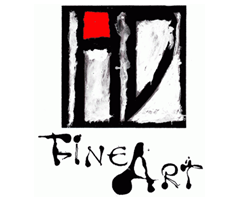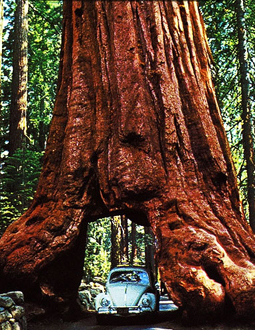Product Description
Michele Oka Doner Tree Bark server (unique) 1998


MICHELE OKA DONER (b. 1945) USA
Tree Bark server (unique) 1998
Solid cast silver in a naturalistic form of a piece of tree bark with an inherent hole.
***The weight is in excess of 250 troy ounces of silver
Exhibited: Inside Design Now: National Design Triennial, Cooper-Hewitt, National Design Museum, New York, 2003.
Illustrated: Michele Oka Doner, Natural Seduction, S. Ramljak, M. Lapidus, A. C. Danto (New York: Hudson hills Press, 2003) pp. 170-171; Inside Design Now: National Design Triennial, Donald Albrecht, Ellen Lupton, et al. (New York: Cooper-Hewitt, National Design Museum, 2003), p. 146.
H: 3 1/2″ x L: 16″ x D: 7″
Michele Oka Doner is an internationally acclaimed New York-based artist and designer whose work translates natural forms–plant fronds, berries, shells, and life observed beneath the lens of the microscope–into objects of extraordinary power and seduction rendered in bronze, precious metals and stones, concrete handmade papers, ceramic, and now, glass. Since first appearing on the national scene in 1970 as the youngest artist showcased in the defining landmark museum exhibition Objects USA. Oka Doner has built a career encompassing monumental sculptures, public art, jewelry, and functional objects that range from fireplace tools to evening bags. Oka Doner was born in Miami Beach in 1945. Though she received her formal education and advanced degrees at the University of Michigan in Ann Arbor, the artist has always cited as her primary laboratory the turbulent natural treasures of Southern Florida's oceans, tidal pools, beaches, gardens and tropical forests–boundless living resource libraries she visits on a monthly basis to gaze upon and gather samples that later inspire pieces of every size and type. Oka Doner has said that she strives with her work to “play the role of the translator and editor of life forces creating objects that go far beyond static formal beauty to encourage contemplation and wonder.” Informed by her ongoing research into scientific literature and poetry, as well as her expeditions in the natural world, Oka Doner uses the tools of physical expression to invite us along on her wanderings through the realm of the infinite. Oka Doner is also admired for her numerous site-specific, permanent public art commissions including such projects as the golden tiled Radiant Site at New York's Herald Square Subway Station (1990) and A Walk on the Beach, a half-mile long expanse of terrazzo and bronze floor continually unfolding at Concourse A of Miami International Airport (1995 to present). Oka Doner's sculptures and functional objects are included in many prestigous private and public collections, including those of The Metropolitan Museum of Art and the Smithsonian's Cooper-Hewitt National Design Museum in New York City, the Art of Institute of Chicago and the Virginia Museum of Fine Arts, among others. She has participated in scores of distinguished exhibitions internationally and has been recipient of numerous grants and awards, including honors from the Kress Foundation and the New York State Council for the Arts. In 2004 she received the coveted Award of Excellence from the United Nations Society of Writers and Artists.
Michele Oka Doner Tree Bark server (unique) 1998
You must be logged in to post a comment.
ARCHIBALD KNOX (1864 -1933) UK
LIBERTY & COMPANY London
Covered server c.1903-05
Pewter with relief design of whiplashing lines around the perimeter of the lid
Marks: TUDRIC 0293
H: 4” x W: 10”
WOLFGANG GESSL (b. 1949) Austria
Arc pitcher – unique 1990
Hand wrought silver in a rounded arching form with a cylindrical luminous yellow-green acrylic handle
Marks: Wolfgang Gessl (script impressed signature), WO.GE (in a rectangle), Swedish assay mark for Stockholm, 925 (silver guarantee in a rectangle), Q10 (in a rectangle)
Illustrated: Gold and Silversmith Wolfgang Gessl: Exceeding Geometry, Kerstin Wickman, p. 17, cover.
H: 13 1/2″ x W: 10 ¼” x D: 4 ½”
Price: $27,500
Wolfgang Gessl was born in 1949 in Vienna, Austria and trained as a goldsmith with Professor Hans Angerbauer. Upon moving to Sweden, Gessl studied under the eminent silversmith Sigurd Persson at Konstfack, the National University of Art, Craft and Design in Stockholm, Sweden.
Wolfgang Gessl has had fifteen solo exhibitions including shows at The National Museum, Stockholm and The Royal College of Art in London. His metalwork has been widely exhibited in Sweden, Europe and the U.S and his pieces can be found in many private collections throughout the world. He has taught at Konstfack for more than twenty-four years, and continues to live and work in Stockholm.

Reviews
There are no reviews yet, would you like to submit yours?